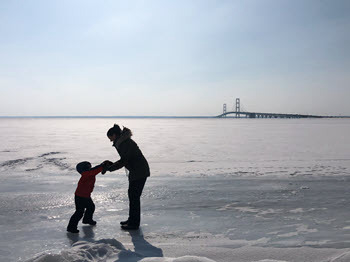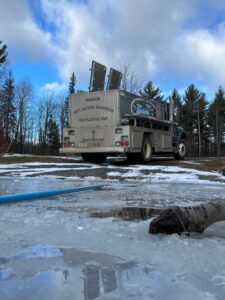Win a Fishing Trip for Two with Legendary Angler Mark Zona Presented by MyOutdoorTV

DENVER – Reel in the fishing adventure of a lifetime by entering for a fishing trip for two with legendary angler Mark Zona in “Zona’s Awesome Fishing Sweepstakes” presented by MyOutdoorTV. Running now through February 17, this one-of-a-kind sweepstakes offers a grand prize that’s every angler’s dream—a day spent fishing on Michigan’s renowned Lake St. Clair with none other than professional angler and TV personality, Mark Zona. To enter, visit www.myoutdoortv.com/zonasweeps.
Mark Zona, host of Zona’s Awesome Fishing Show, available to stream on MyOutdoorTV, is known for his unparalleled expertise and humor, making him one of the biggest names in the fishing world. He’s ready to guide one lucky winner and their guest on an unforgettable adventure filled with big catches, stunning lake views, and plenty of Zona-style fun.
The sweepstakes is free to enter, and there’s no better way to create memories on the water with a pro leading the way. Don’t miss the chance to experience all the thrills of Lake St. Clair fishing at its best!
To enter, visit www.myoutdoortv.com/zonasweeps. Entries will close at the end of the day on February 17, 2025.
For official rules and more information, head to www.myoutdoortv.com/zonasweeps. Read more







